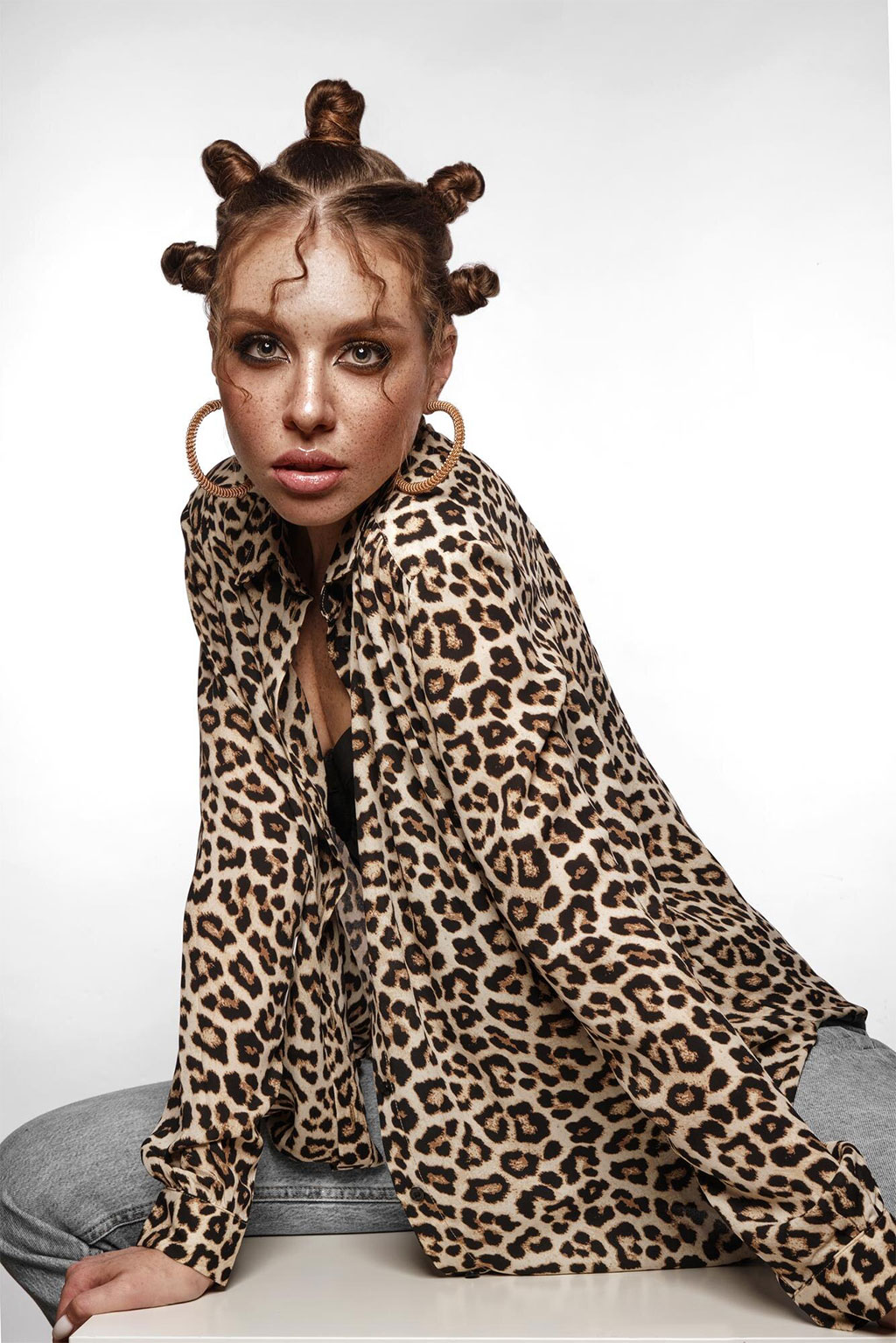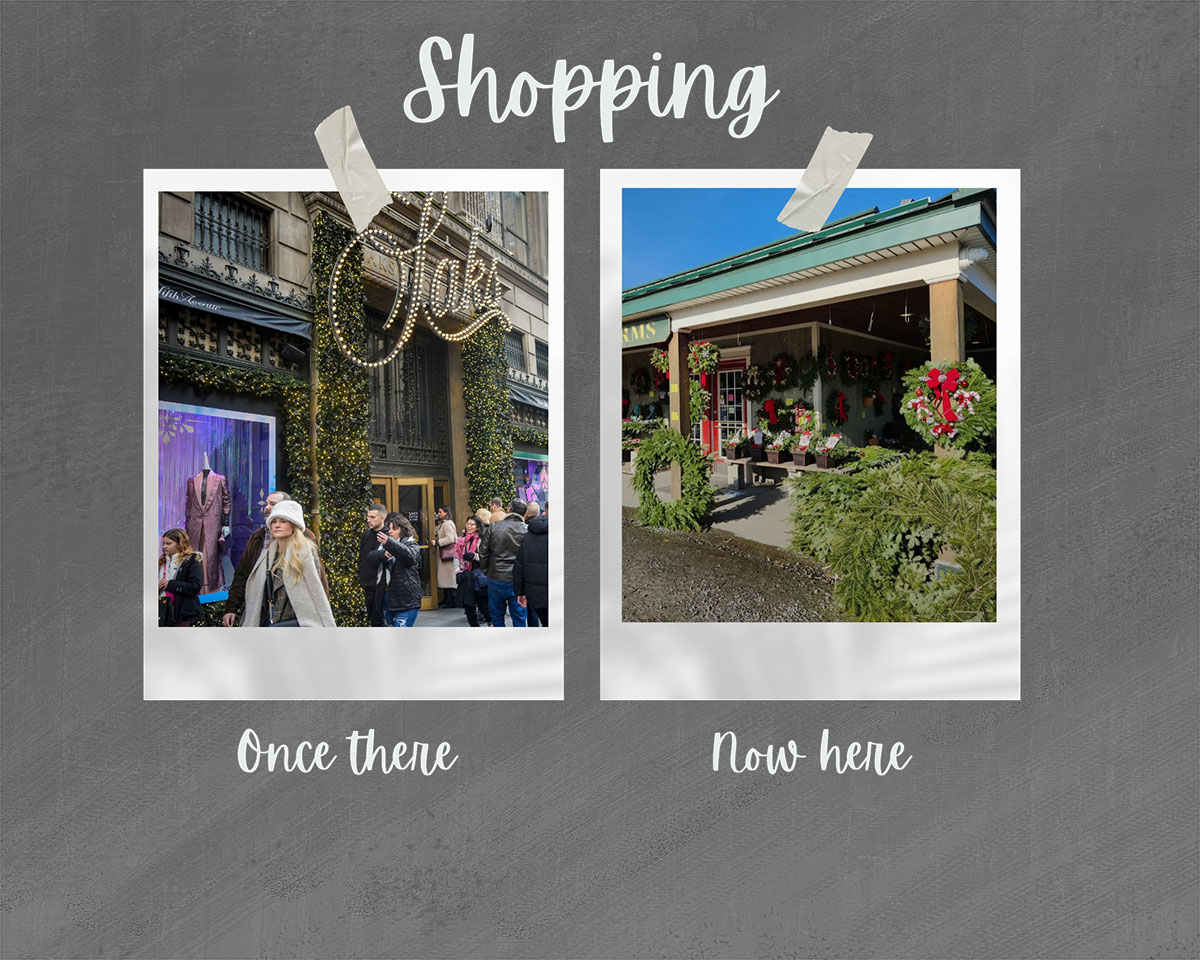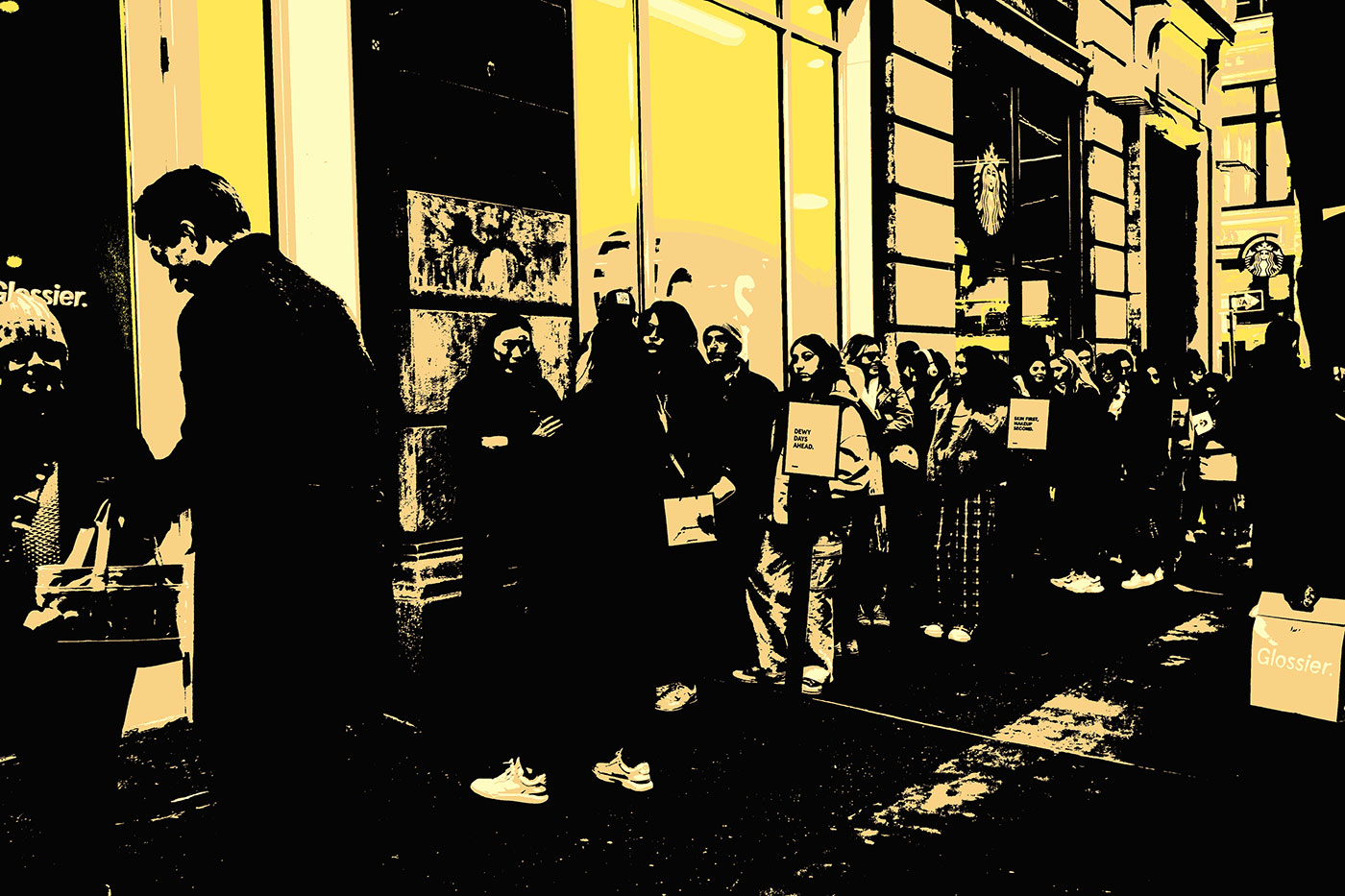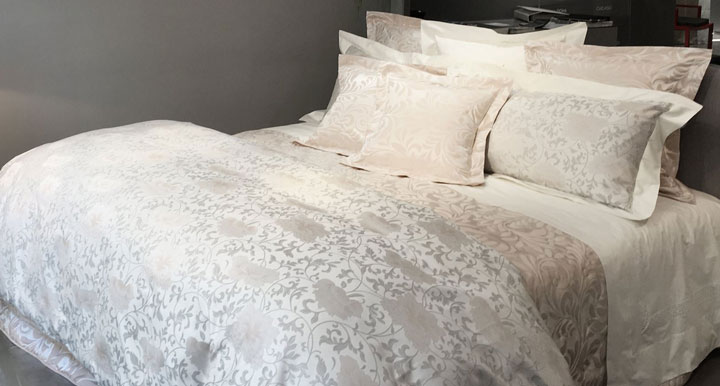 0
0 
Fashion week has spoken, and apparently, we all need funnel-neck coats, khaki denim, and loafers you can actually walk in (who knew?). But here’s the catch: unless you’ve got Prada’s Versace money, chasing every “must-have” is a fast way to max out your credit card. That’s where sustainable fashion and resale swoop in like superheroes in fabulous capes. You get the look, you keep your bank balance, and the planet gets a tiny break from being buried in polyester. Win, win, win for your sustainable wardrobe and reduced carbon emissions.
Leopard print is basically the new black in the fashion industry. If you don’t own at least one leopard print piece by now, the fashion gods may revoke your style license.
Designers want you looking like a chic turtle poking out of its shell. Funnel-necks are everywhere, and yes, they do make you look expensive.
Brown, plum, amber… and suddenly, mint green. Because why not? The fashion industry loves to mess with us.
This fall, jeans can’t just be jeans. They’re khaki, they’re cuffed, they’re dark, they’re tailored. Next season they’ll probably glow in the dark.
Loafers, flats, and other shoes you can actually walk in are officially chic again. Praise be to sustainable shoe brands.
This season’s trends prove what we’ve known all along: you don’t need to torch your savings—or the planet—to look current. A little sustainable fashion, a little resale treasure-hunting, and you’ll be strutting through fall looking like you own the runway. Because honestly? The smartest trend of all is not being broke while supporting ethical production and minimizing your environmental impact. Embrace these eco-friendly trends, and you’ll be well on your way to a more sustainable wardrobe that’s as kind to the planet as it is to your style cred.
Posted by Mirela Gluck at 03:18 AM
bargain news , Eco-Friendly , Trends |
 0
0 
There I am, standing at a vegetable stand with my Louis Vuitton in hand, reflecting on how much I’ve changed since leaving Manhattan two years ago. The familiar comfort of browsing luxury goods on Madison Avenue has given way to learning about pies (so many pies!), homemade jams, and the fascinating people who create them.
Reality hit hard when we moved to Connecticut, and my Upper East Side retail heaven was replaced by an entirely different, rural shopping experience. I want to share my journey—from being a compulsive city bargain shopper to becoming a more mindful rural consumer. What I learned along the way is that having fewer choices can actually help you appreciate true value. My story might inspire you to rethink your relationship with retail therapy, whether you’re considering a similar lifestyle change or are simply curious about breaking free from city shopping habits.
The Magic of Urban Retail
There’s something magical about urban retail that turns a simple shopping trip into an unforgettable experience. My first visit to Bergdorf Goodman gave me a thrill that literally took my breath away. The soft touch of cashmere, the gentle background music, and the distinctive scent of luxury stores aren’t just elements of shopping—they’re carefully curated experiences designed to make you feel special.
The Dopamine Rush of Fifth Avenue
Every purchase on Madison Avenue triggers a small, powerful dopamine release—a biochemical reward that lifts your mood. This experience goes beyond casual shopping. The gleaming storefronts, soft fabrics, and subtle interactions with experienced staff transform retail into a ritual. In Manhattan, shopping becomes addictive, especially when it serves as a marker of social status. Knowing the difference between Bergdorf’s third floor and Barneys’ basement (rest in peace, beloved institution) wasn’t just about retail knowledge—it was a form of social currency. Each purchase told a story and offered a membership to an exclusive, unspoken club.
City Shopping as Identity
New Yorkers don’t just wear clothes; they wear statements. My carefully curated wardrobe spoke volumes about my aspirations, tastes, and social standing before I even said a word. My shopping choices weren’t just about acquiring items—they were a way of defining myself. In urban life, what you buy often becomes a status symbol. A former New Yorker who moved to Litchfield Hills once confessed, “A part of me—the carefully composed part—feels invisible now that my status symbols no longer matter.” This identity, built through consumption, gradually becomes a substitute for genuine self-expression.
When Brands Replace Community Connections
One of urban retail therapy’s biggest shortcomings is that it often replaces real human connection with brand affiliation. In a city where neighbors can remain strangers for years, a kind word from a boutique employee can feel like the only recognition you get. This reliance on brands for validation makes the transition away from city life all the more jarring. It becomes clear that so many urban connections depend more on what we buy than on who we are.
Moving to rural Litchfield Hills wasn’t just a change of address—it felt like withdrawal from a powerful addiction. My urban retail habits didn’t just fade away; they crashed through a series of emotional stages, mirroring the classic stages of grief:
In Litchfield Hills, shopping follows the rhythm of nature, in stark contrast to Manhattan’s endless retail calendar. Here’s what I discovered:
Seasonal Rhythms of Rural Shopping
Rural Connecticut’s shopping scene evolves with the seasons. At the Gresczyk Farms, shelves transform every month—spring brings tender greens and herbs, summer bursts with colorful produce, fall fills baskets with apples and pumpkins, and winter offers preserves and root vegetables. This natural cycle creates an excitement that the constant availability of city shopping simply can’t match.
The Treasure Hunt of Antique Stores and Estate Sales
While city shopping is often predictable, rural retail offers pleasant surprises. Privet House, known locally as a “cultish home emporium in New Preston,” features vintage furniture, gardening pieces, and Belgian linens—each with a story that no department store item could ever tell.
The Surprising Freedom of Limited Choices
At first, having fewer shopping options seemed like a drawback. But over time, I discovered that it brought an unexpected sense of freedom. My designer wardrobe, once a symbol of who I wanted to be, now takes a backseat. Each piece I choose now tells an authentic story about who I truly am.
Breaking the Cycle of Constant Consumption
City shopping had trapped me in a relentless cycle of consumption—new sales, constant deals, and the pressure to buy more. Rural Connecticut, with its slower pace and focus on quality over quantity, showed me a completely different way of living. Embracing a lifestyle that values substance over status allowed me to break free from the constant urge to keep up with the latest trends.
My transition from Fifth Avenue to farm stands taught me something unexpected: limited choices can open up a world of new possibilities. While my designer bags now collect dust, my soul feels lighter, and I find comfort in being part of a community that values authenticity over ostentation. Shopping has taken on a new meaning—one that’s less about accumulation and more about finding exactly what I need.
Image credit:
rblfmr/Shutterstock
Gresczyk Farms/Facebook
Posted by Mirela Gluck at 12:21 PM
bargain news , The City |
 0
0 
Sample sales in New York have changed from shopping therapy at exclusive events to chaotic combat zones. A 2024 Versace sample sale ended with police intervention after 1,000 shoppers mobbed the entrance and started physical fights. Dedicated shoppers now hire professional line-sitters because queues stretch three blocks long at coveted events like The Row’s semi-annual sale.
Social media’s influence, especially platforms like TikTok, has crushed one’s chances of finding real deals at these events. Aggressive resellers control these sales by hoarding merchandise and streaming their purchases live to their followers. The sample sale experience has vanished completely, and both shoppers and brands are looking for solutions.
The digital spotlight drew a new breed of aggressive shoppers who saw profit opportunities.
TikTok resellers’ ruthless tactics follow a calculated plan – they pay others to wait in line, systematically hoard merchandise, and run livestream sales right from the events. Shoppers must now make their way through chaos as resellers guard their accumulated piles and block others from reaching merchandise [2].
“They hoard these piles, take pictures of everything and shoo people away that try to get near the racks that they’re at,” a frustrated shopper explained in a video that reached more than 460,000 views .
A Versace sample sale showed these tensions dramatically. Social media posts hyped the event with promises of 80% discounts, which prompted dedicated shoppers to camp out from 2 a.m. More than 1,000 people joined at the Metropolitan Pavilion, and chaos quickly followed.
Fights broke out among shoppers desperate for luxury items, forcing security to call NYPD for help . People pushed and shoved aggressively at the entrance and inside, as captured in various videos, until authorities stepped in. The organizers shut down the event and posted a closure notice where an advertisement for irresistible discounts once hung .
Designer sample sales in New York have turned into battlegrounds where aggressive tactics rule the day. Regular shoppers struggle to compete with professionals who use everything from paid line-sitters to merchandise hoarding and sometimes resort to physical intimidation.
Line-sitting services have become the new gatekeepers to these coveted sales. Same Ole Line Dudes LLC, a leading line-sitting service, sets their rates at $25 for the first hour and $10 for each additional half-hour. The company raised their minimum fee to $50 for up to two hours, while sample sales cost $65 for up to 2.5 hours. Night shifts between midnight and 7 AM come with a $15 premium.
The challenges don’t end at the door. Inside, shoppers must deal with merchandise hoarders who block others from reaching the products. A shopper’s TikTok video that spread widely showed how “They hoard these piles, take pictures of everything and shoo people away that try to get near the racks that they’re at“. Regular customers end up squeezed into “a few inches of rack space at a time” .
Competition for scarce items often turns violent. Police had to intervene at an Alice + Olivia sample sale when two women fought over a leather jacket – one woman scratched the other’s face. The Manolo Blahnik sale at the Warwick Hotel has earned a reputation for bringing out “the worst in New York’s most cultured, stylish buyers“. The scene inside gets wild: “Inside, there are screams, bags being ripped open and shoes soaring over shoppers’ heads” . Security guards can’t always maintain order. One shopper watched helplessly as “one woman snatch a pair of shoes out of another woman’s pile and refuse to give them back”.
Major sample sale organizers in New York faced unprecedented chaos at their events in 2023 and 2024. They’ve since put strict measures in place to restore order and control. These efforts have only partially worked as the traditional sample sale shopping experience seems to be gone, at least for now.
260 Sample Sale hosts events for premium brands like Acne Studios, Maison Margiela, and many others in NY, LA, MIA, CHI, DAL and Online. The company has put several policies in place to curb disruptive behavior. The rules now limit customer purchases and shopping time “to ensure traffic is moving.” The company’s loyalty program gives subscribers VIP previews and organize online events.
High-end brands are moving to invitation-only models because of the growing chaos. The Hermès sample sale runs as a private event. You’ll likely need an official invitation to get in.
Luxury labels want to protect their brand image and shopping experience for their most valued customers. They limit access and create controlled environments. This approach lets them test new products and services while getting feedback from a selective audience.
Many longtime sample sale enthusiasts have simply walked away. College students and aspirational shoppers who relied on these events to get luxury brands now find themselves priced out completely.
The community aspect has disappeared along with affordability. Regular shoppers remember when attendees would pass unwanted items to others in line and help fellow customers find perfect pieces. That friendly spirit has vanished. Abdul, a veteran sample sale shopper, describes today’s environment as “vicious.”
“The resellers weren’t as vicious as the ones I’m seeing now,” she noted. “When I say vicious, they’re vlogging live from the sale and trying to sell products to some of their clients, live and direct” .
Many once-loyal customers now feel the experience isn’t worth the hassle.
The New York sample sales experience is at a crossroads, and industry experts suggest different ways to bring back order and make sales accessible. Their ideas range from tech solutions to complete business model changes, though each solution comes with its own set of challenges.
The mounting challenges have pushed some luxury labels to think about dropping traditional sample sales completely.
Other options include switching to digital platforms only, creating invite-only events, or building specialized sample sale spaces. Sensoria, a New York startup, offers “art-directed sales” for emerging designers that create experiences “as unlike normal sample sales as possible.” The company’s photographers and stylists present last season’s items in fresh ways to avoid the chaos found in traditional events.
The experts agree that the current model just isn’t working anymore and that TikTok’s influence changed what used to be a unique New York shopping experience.
Social media exposure has turned NYC sample sales from exclusive events into viral sensations. TikTok has changed the shopping scene, pushing regular customers away as resellers take over. Brands now struggle to protect their products and their image while these sales become more chaotic.
Determined resellers keep finding ways around security measures and buying limits.
Luxury brands can’t decide what to do next with NYC sample sales. Some brands now only run invite-only events or sell online. Others have given up on sample sales completely. This retail crisis raises bigger questions about keeping fashion’s discount market fair and sustainable.
Sample sales need major changes to stay alive. Brands must find the sweet spot between making sales accessible and keeping them under control. They might need better verification or completely new ways to sell. The next few months will show whether these beloved New York shopping traditions can survive or if they’ll become just another retail memory.
Image credit: rblfmr/Shutterstock.com
Posted by Mirela Gluck at 12:42 PM
A FASHION , bargain news , Fashion: Trends, Style, and Business , The City |
 0
0 WHAT: Pratesi Sample Sale
WHY: Update: The Pratesi Linens Sale has been cancelled.
Luxury Italian Linens up to 80% off retail prices at the Pratesi Sample Sale. Bed linens, duvet covers, quilts, shams, bath towels, robes, table linens, throws and decorative pillows.
Credit cards only (American Express, Visa or MasterCard). All sales final.
Strollers not allowed. No children under 12 will be admitted.
WHEN: 9/4 - 9/6; W-Th (9-6:30), F (9-5)
WHERE: Soiffer Haskin
317 West 33rd Street
(Just West of 8th Avenue)
New York, NY
For the complete list of today's sales and sample sales check HERE.

Pratesi, leader in the world for home luxury linens, is what dreams are made of: cotton, linen, cashmere and silk, a luxury in which everyone would like to. Pratesi has always dressed the beds of the world's rich & famous. From legendary authors, poets, painters, composers, royal families, heads of state, mega stars, and international celebrities the list continues to grow.
Posted by Bindra at 02:43 AM
bargain news |
Know something we dont? Email us
at [email protected]
